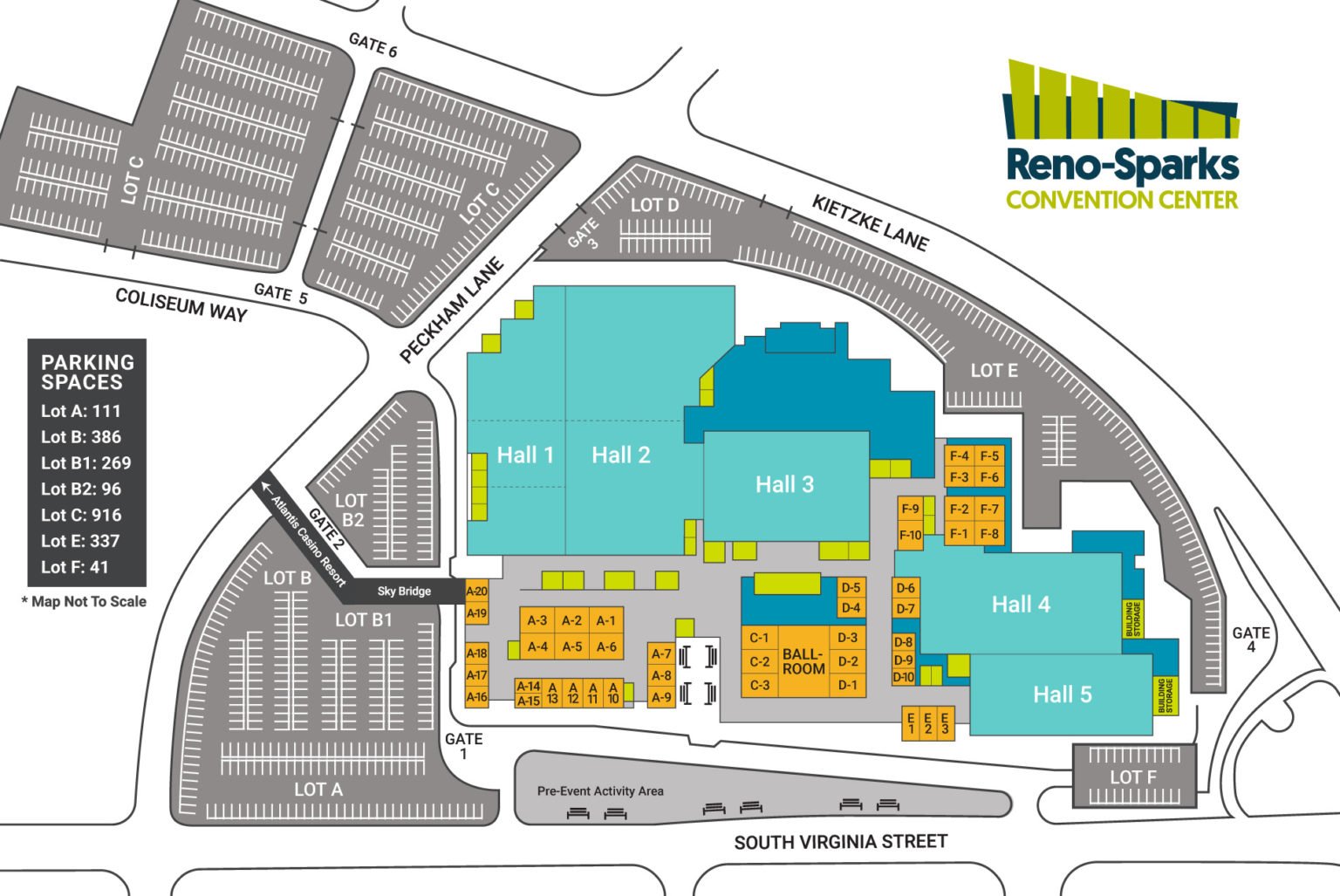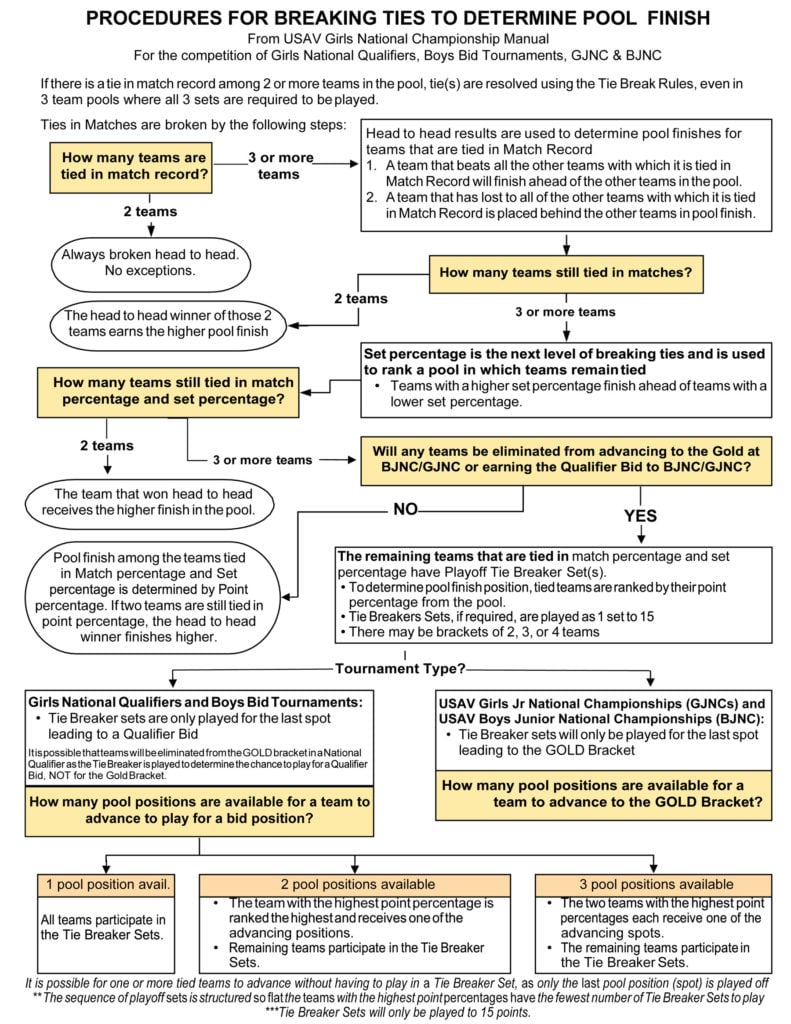SafeSport Information
Regions have many responsibilities: strengthen sport, extend opportunities to participate, and instill the values of fair play, respect and hard work. Creating conditions that promote the performance and well being of athletes is a fundamental component of these goals, which require effective policies and monitoring, as well as the collaboration and collective energy of our entire sport community.
SafeSport developed these materials and resources to help organizations create a culture that encourages safety, openness and disclosure. By implementing appropriate policies and procedures, clubs can fulfill their obligations to coaches, athletes and parents. Although every sport and organization is different, this information can serve as a starting point for designing an effective plan.
NCVA SafeSport Contact
Joao Goncalves
[email protected]
If you do not have a membership, you will not see this option.
- Login at My.SportsEngine.com
- On the left-hand side of the page, click the Household tab.
- Select the user profile that will be completing their SafeSport certification.
- On the right side of the page, under the membership, click View Details.
- Click on the name of the membership.
- Next to SafeSport Certification, click Complete Certification/Training.
- NOTE: SafeSport certification button will read based upon the actual credential needed (ex. Complete Core Training)

- NOTE: SafeSport certification button will read based upon the actual credential needed (ex. Complete Core Training)
- Complete the needed SafeSport Certification.
Resources
Resources from USAV: In addition to specific information for athletes, parents, coaches and regions, here are other materials that can assist any interested person in helping to create healthy settings for sport. Misconduct has the potential to not only affect your performance but also cause physical or emotional harm. Spotting inappropriate behavior depends on understanding what’s acceptable as you encounter new and different situations. These recommendations can help you steer clear of potentially harmful interactions.
USAV SafeSport Team Travel policy: Model Policy For Junior Club Volleyball Programs.
USA Volleyball junior clubs are now required to implement a team travel policy. This download is a model team travel policy and is provided to assist USA Volleyball member clubs with developing their own policies. If a club chooses not to, or is unable to, create a written travel policy, the following model policy will become the default policy for that club. Once a customized set of policies is developed and approved by the club, the default policy will no longer apply.
Each member club has the responsibility for approval and implementation of its own set of travel policies, and to provide these policies to all players, parents, coaches and other adults who will be traveling with a team. It is strongly recommended that a signature by each adult acknowledging receipt of and agreeing to the travel policy be obtained by each club.
USAV SafeSport Policy: Social Media and Electronic Communications: Model Policy For Junior Club Volleyball Programs.
USA Volleyball junior clubs are now required to implement an electronic communication policy. The policy must be reviewed with and agreed to by all athletes, parents, coaches and other adults affiliated with the club. This download is a model policy for appropriate electronic communications between adults and athletes, and is provided to assist USA Volleyball member clubs with developing their own policies.
If a club chooses not to, or is unable to, create a written electronic communication policy, the following model policy will become the default electronic communication policy for that club. Once a customized set of policies is developed and approved by the club, the default policy will no longer apply. Each member club has the responsibility for approval and implementation of its own electronic communication policy.
USAV SafeSport NGB and HPMO Athlete Safety Policy: The purpose of this policy is to establish clear conformance, communication and coordination requirements for the national governing bodies (“NGBs”) and high-performance management organizations (“HPMOs”) regarding matters of athlete safety.
How to report abuse or misconduct.
Parent’s Guide to Misconduct in Sport: Designed for the parents of athletes of all ages, this course explains the issues of misconduct in sport and helps parents ensure their children have a positive and safe sport experience.
Understanding Bullying: Article From the Huffington Post
Six Stages of Grooming: Documentation to help identify grooming.
MomsTeam: A premier online youth sports information gateway for the 90 million youth sports parents seeking advice, community and product information from a world-class team of expert psychologists, nutritionists, athletes, medical doctors, journalists coaches, referees and parents dedicated to one mission: to make sure that youth sports is safe for all children ages 3 to 23.
Stop It Now!: A leading expert on building awareness of the scope of sexual abuse, developing and widely distributing prevention tools for adults and families, and advocating for both compassion and accountability.
Peer to Peer Incidents: A Resource Guide: This guide is designed to assist USA Volleyball clubs when peer-to-peer incidents or inappropriate sexual expression/curiosity occur. It will provide information to assist coaches, boards of directors and other club personnel in promoting and maintaining a safe and respectful environment for all participants. This guide may not cover every situation, but it is designed to provide direction.
Best Practices Guidelines: The following Best Practice Guidelines are strongly recommended for all USA Volleyball members.
Understanding Bullying: Article From the Huffington Post.
Make the Commitment: Stop Abuse in Sports: By Cecile Reynaud, originally published in Coaching Volleyball, Dec. 2013-Jan. 2014 issue.
Tough Love or Abuse: Article from the Washington Post.


